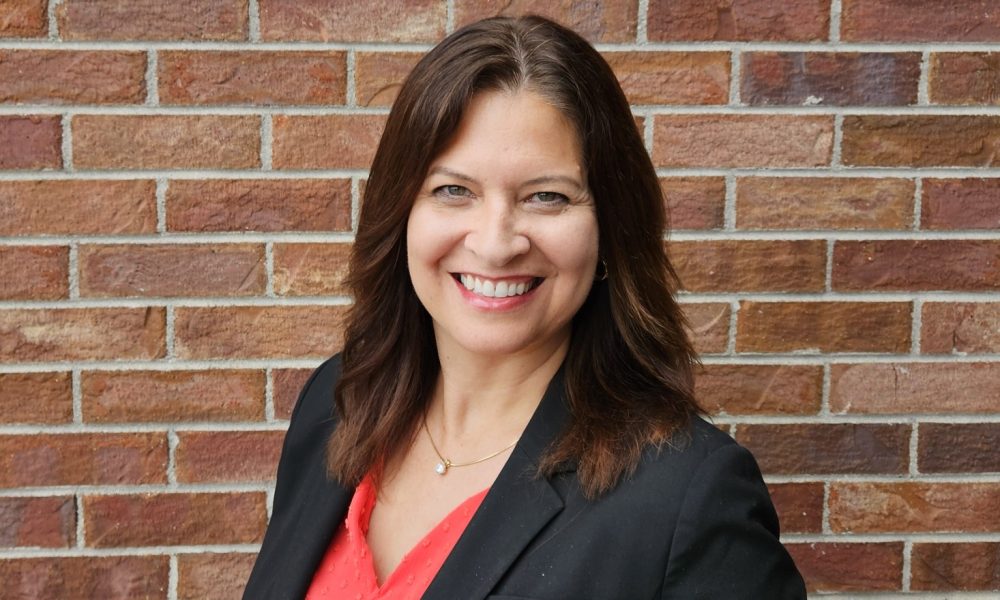Margarita Vacanti, Senior Vice President, Head of Commercial Banking at Curinos, represents a company dedicated to helping financial institutions grow more profitable customer relationships through data-driven insights and advanced analytics. With decades of industry expertise, Curinos delivers SaaS-based solutions and strategic advisory services focused exclusively on the financial sector, including deposit and mortgage benchmarking, digital performance analysis, and simulation-based optimization tools.
Curinos has pioneered industry-first innovations like AI-enabled customer treatment optimization and marketing spend benchmarking. Their mission is to help clients navigate today’s complex market while preparing for the future—offering the intelligence, tools, and expertise needed to drive deeper engagement and long-term success.
You’ve navigated roles across consulting, marketing, and banking. What’s been your biggest takeaway from working at the intersection of strategy and technology?
My career north star has always been business outcomes. Focusing on business outcomes that define success then guides our emphasis on developing new strategies or integrating emerging technology. At the end of the day, delivering top performance comes first.
As a co-founder of a wine glass company, how has your entrepreneurial experience influenced how you approach innovation and customer experience in banking?
Innovation is hard to bring to market and is not for the faint of heart. My epiphany for a new wine glass design was actually the easy part. The years of product testing, patents, engineering and manufacturing design, and marketing and brand development was the hard stuff and what I’m most proud of in launching a new product.
Despite a challenging environment for regional banks, your team at KeyBank hit a record year in 2023. What do you think drove that success?
We had disciplined strategies around client engagement going into the banking turbulence of 2023. Coupled with close collaboration from top of the house out to the front-line relationship teams, we were able to pivot our focus quickly.
As commercial banks face continued pressure from evolving regulations and rising competition, what role does AI-powered analytics play in helping them stay ahead?
AI-powered analytics help commercial banks inspect their portfolio performance more quickly and hone their ideal client target profiles more effectively.
With interest rates remaining elevated and non-bank lenders gaining traction, how can banks leverage data to strengthen high-value commercial relationships?
Commercial banking is a highly negotiated, opaque space. Curinos offers industry benchmark data to help shine light on macro and micro patterns in client buying and pricing behavior.
What are some common mistakes banks make when it comes to pricing strategy and customer retention—and how can smarter analytics prevent them?
Ultimately, the highest value commercial relationships are defined as having full wallet share, but at a mix of pricing that reflects fair value exchange for the bank and the client. Banks must identify which dimensions of a client relationship the client values the most and offer concessions there. To keep the relationship profitable, bankers must also have the discipline to make up margins by holding pricing in other parts of the relationship. Many banks miss this last step.
You’ve worked extensively with digital banking and payments—where do you see the biggest opportunity for commercial banks to innovate and differentiate right now?
In the data we see, bank-driven innovation through tech platform integrations, expanded payment rails and sophisticated account-based products are not yet driving explosive revenue growth. I predict that market changing innovation will continue to come from outside banks and banks will have to decide how to aggressively, selectively partner to stay cutting edge.
How can traditional banks reposition themselves to remain competitive in an environment increasingly shaped by fintechs and private credit? Play to your strengths.
Build upon the foundations that have helped you win in the past, be it industry expertise, market coverage or product differentiation. Every bank has finite investment resources, so strategically picking your pockets of differentiation is key to expanding market share. You can’t be everything to everyone.
What are the key data signals banks should pay attention to when deciding how to balance deposit growth with profitability?
Those are the two main levers – balance growth / attrition and interest rate paid. The most resilient and successful banks use external benchmarks to inform their decision making around rate and are able to pivot quickly when new internal or external trends emerge. Banks don’t operate in a vacuum – keeping an eye on the industry is key.
What practical steps can mid-size banks take to better compete with larger institutions that may have more advanced technology or deeper data sets?
Mid-size banks can compete by playing to their strengths—agility, local expertise, and deep relationships. The key is to double down on niche differentiation, selectively partner with fintechs to boost capabilities, and use data to make faster, smarter decisions. It’s not about having the most data but about turning insight into impact.
Looking ahead, what excites you most about the future of commercial banking—and what emerging risks do you think banks aren’t paying enough attention to yet?
No two banks are alike, which makes for a fascinating mosaic of rich heritages and unpredictable future pathways. Working with banks to architect their own destiny excites me the most. In terms of risks, I believe the exponential advancements in technology will create new avenues to fraud that we can’t even conceive of today. Fraud risk mitigation must remain a heightened focus for banks.
Thank you for the great interview, readers who wish to learn more should visit Curinos.
